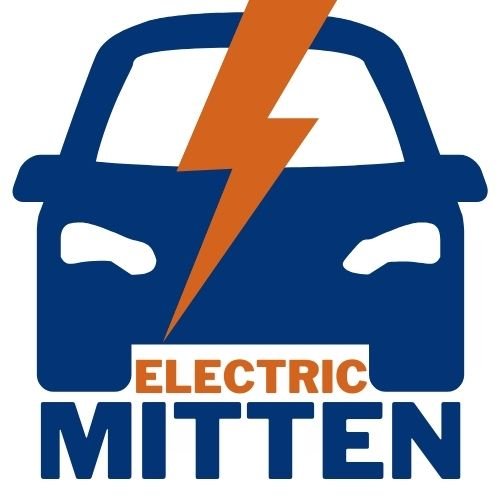Survey Finds 91% of Children Properly Restrained in Cars
The U.S. Department of Transportation's National Highway Traffic Safety Administration (NHTSA) released the results of a new survey that indicates more parents are choosing to keep their children in age and size appropriate car seats and booster seats longer, instead of transitioning them to seat belts too soon.
The 2011 National Survey of the Use of Booster Seats (NSUBS) reports that the number of children ages four to seven riding in only seat belts, instead of car seats and boosters, dropped 7 percent in 2011 to 25 percent, down from 32 percent in 2009. Meanwhile, the use of both car seats and booster seats increased during the same period, suggesting that parents are increasingly following NHTSA recommendations and not graduating their children prematurely to seat belts.
"Safety is our highest priority," said U.S. Transportation Secretary Ray LaHood. "Today's report means more parents and caregivers are correctly using car seats and booster seats to save the lives of our youngest passengers in the event of a crash."
"We're on the right road to ensuring that all our smallest passengers are buckled in the right seat for a child's age and size," said NHTSA Administrator David Strickland. "But we caution parents and caregivers of being overconfident in choosing the right seat for their children. Children who graduate too soon from their car seats, or are not in car seats at all, are at risk of serious injury."
Motor vehicle crashes continue to be a leading cause of death for children one to 13 years old, with more than 939 fatalities in 2011. The correct use of age and size appropriate child restraints is one step parents and caregivers can take to help decrease this number – NHTSA estimates that more than 12,200 children were saved by car seats and seat belts in 2011.
While the NSUBS survey reports that restraint use for all children under 13 years of age reached 91 percent in 2011, it also shows that 25 percent of children ages four to seven were improperly restrained by seat belts instead of car seats or booster seats.
NHTSA is continually working to improve child passenger safety through numerous efforts including: working with safety partners in the states; providing expertise and support for car seat inspection stations; supporting the National Technician Certification Program; conducting regular educational outreach to parents and caregivers; conducting defect investigations and car seat recalls; and ensuring manufacturers comply with Federal Motor Vehicle Safety Standard No. 213 (Child restraint systems).
The NSUBS is the only probability based nationwide child restraint use survey in the US that observes restraint use and interviews adult occupants to collect race, ethnicity and other data.
The full PDF of the report can be found below:




